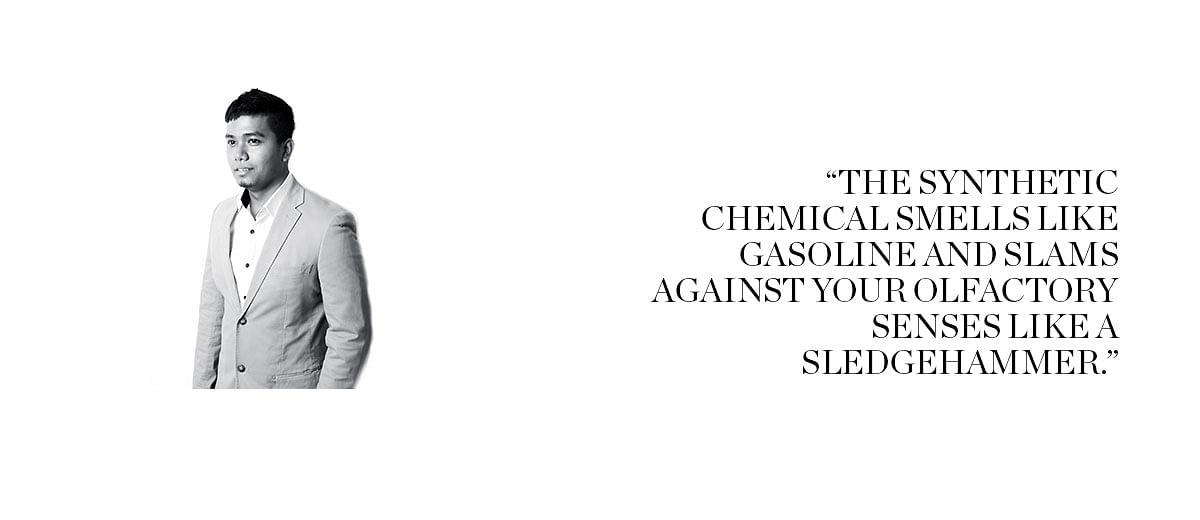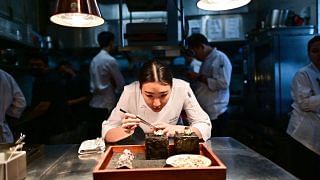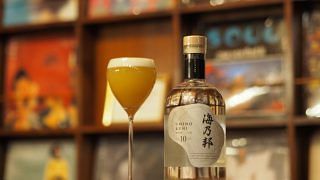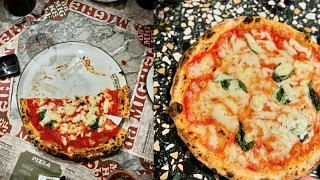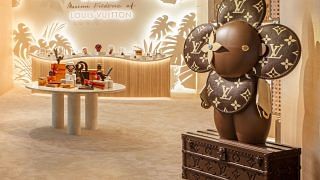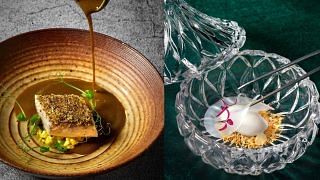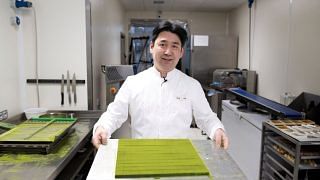While at an Italian fine-dining restaurant last month, I noticed a blonde lady in a cream tweed jacket bending over a white plate, pressing her pearl necklace against her chest and sniffing her risotto purposefully.
“Get me a new dish,” she said to the waiter in a French accent. “I do not want truffle oil.”
I was eavesdropping, of course.
She later told her dining companion that she grew up in a truffle-growing region and wouldn’t have “any of zis fake truffle”.
I can’t help but agree, even though I grew up in the tropics where the only tubers native to our lands are tapioca or ginger. But, after having tasted fresh truffles, I cannot settle for anything less – and an overwhelming bulk of commercial truffle oil is synthetic.
It’s made by creating 2,4-dithiapentane – one compound of the complex truffle aroma – in a lab and mixing it with olive oil. According to US retailer thetrufflemaestro.com, just 10ml of 2,4-dithiapentane is enough for about 50 litres of truffle oil. The price? $113. In contrast, fresh black truffles cost $3,000 per kg, while white truffles go for twice as much because of its low supply and high demand.
To me, using synthetic truffle oil is the culinary equivalent of buying a fake Rolex watch in a grubby back alley. After all, isn’t fine dining about dignified service and chefs teasing out subtle, harmonious flavours from the best ingredients they can get? Why ruin it with a fake ingredient? Like a Rolex knock-off, the perfumed oil can never replace the real deal. For one thing, it lacks pheromones – the scent that “reeks of sex”, as British food writer Elizabeth Luard describes in her book Truffles.
When freshly dug out of the ground, a truffle has a natural fragrance that is earthy, musky yet subtle, and it tastes delicately nutty. Some chefs do infuse real dried truffles in oil, but its scent is nowhere as powerful as the synthetic chemical – but in a good way. The latter smells like gasoline and slams against your olfactory senses like a sledgehammer. It also tastes mostly of, well, olive oil. What value does it add to a fine meal?
Yet it’s everywhere here. Even the best kitchens confess to using some to boost their truffle dishes. “Diners expect the smell,” shares an award-winning chef who prefers to remain anonymous. “And, if they don’t smell enough, they’ll complain.”
In late September, a review on The Straits Times chided a restaurant that recently introduced a new chef for using the oil, referring to it as “just chemically manufactured aroma”.
It’s strange that the product is ubiquitous, considering the Singaporean palate is increasingly sophisticated. If we can pay top dollar for luxury- food items like tuna and sea urchin to savour in their purest forms (raw), we should also celebrate truffle by simply presenting it as slices on a dish, without suffocating it with cheap synthetics.
Elsewhere in the world, the product has been falling out of favour. In a 2011 episode of TV cooking competition Masterchef US, judge and English celebrity chef Gordon Ramsay described the oil as “one of the most pungent, ridiculous ingredients ever known to a chef”, when a contestant drizzled it over a poached egg. In August this year, Chicago food-industry research company Technomic Inc noted that mentions of the oil in menus across the US are down 5.8 per cent, compared to that in 2012.
It’s time fine dining lives up to its name: fine flavours and a refined experience. We may not have grown up in a truffle-growing region, but it’s never too late to grow out of its imitation.



